This is Mari Kondo
At the age of 19, Mari Kondo turned her passion - tidying up - into her profession and advised people on decluttering and keeping order. In 2011, she published her first book about her tidying method. The book became a Japanese bestseller and sold over 1.3 million copies. This was followed by more books, which were translated into over 27 languages, a Japanese TV series, and specials on Netflix. She calls her tidying method "Konmari".
With Konmari to more happiness in your own home
The Konmari method promises a lot - a simpler life, more time for the really important things in life, and more satisfaction. Her method is influenced by the traditional Japanese religion: Shintoism.A part of Shintoism is the belief that every stone, every river, and every object carries a spiritual energy, called "Kami", within it.
That's why Mari Kondo thanks every house before she starts her work. She "awakens" dusty books before they are decluttered. She talks about objects being sad when they are squeezed into a box and forgotten. An important aspect of her method is to thank objects before they are decluttered.

And this is how Konmari works:
- Commit internally to keeping order in the future and be ready to change your lifestyle.
- Imagine your ideal lifestyle and the perfect apartment.Only then do we move on to the actual decluttering.
- Items are decluttered in categories in a fixed order:
- Clothing
- Books
- Papers
- Komono - these are small items that do not fit into any of these categories
- Sentimental items
This order is not arbitrary. Clothing is decluttered first, as it is a relatively easy category to declutter. Most people have more difficulty with sentimental items - that's why this category is dealt with last.
- Each item is consciously held in hand.
When decluttering, all items of a category should be brought to one place.For example, clothes are thrown from the closet onto a pile on the bed. Then you take one piece of clothing after another in your hand and feel into yourself. If the item brings you a "spark of joy", you are allowed to keep it. If it does not, you can thank it and let it go.
Mari Kondo talks about choosing things you want to keep - not those you want to declutter. So the focus is not on decluttering, but on keeping things that bring you joy or added value.
- Arrange your apartment in such a way that it radiates peace and happiness. Arrange special items so that you can see them and enjoy them.
Mari Kondo gives practical tips here - for example when folding clothes.Clothing should not be stacked, but folded and placed in boxes. Your folding technique saves space and looks neat. There are many more small tidying rules and tips that you can read about in her books.

What Mari-Stock Kondo (does not) have to do with minimalism
Mari Kondo does not preach minimalism - and that's exactly what makes her so accessible to many people. So from now on, you don't have to get by with a bowl and a spoon in the kitchen and wear one of your three black T-shirts every day. Mari Kondo does not explicitly call for sustainability and renunciation of consumption. Instead, she teaches that the things that bring you joy should be staged in such a way that you can enjoy them every day.
Grandma's porcelain figurines in a box in the basement - that's not in the spirit of Konmari. Instead, these cherished heirlooms should be given a nice place of honor in the apartment. If they can't find a place, you can ask yourself: Does this item still bring me joy? Or am I perhaps holding onto it for other reasons - for example, because they were once expensive or because I feel guilty about giving away a birthday gift.
According to Mari Kondo, items should only be kept if they still bring a spark of happiness. The change through Konmari should not only be external in a tidy apartment - it is also an inner attitude.

Minimalism is more than Konmari
Mindfulness and a changed inner attitude towards decluttering... here Minimalism and Konmari are similar. But Minimalism is more: Those who live minimally focus on the really important things in life. This attitude applies not only to possessions, but also to obligations and relationships.
Minimalism promises more simplicity and peace in life. It calls for reduced and mindful consumption and an environmentally conscious lifestyle. A minimalist lifestyle permeates all areas of life. In the apartment, minimalism is shown through simple furnishings, few visible objects, and durable, sustainable furniture.
Now one could say: Konmari can be interpreted and implemented in the same way. This approach would not be wrong. Because Konmari and minimalism have a lot in common. But those who simply want to bring more order to their apartment will find the Konmari method more accessible.
Mari Kondo gives tidying tips without judging why you want to keep the third blanket or 100 books. As long as they bring you joy, they are yours to keep. And it is precisely for this reason that Mari Kondo and her tidying method are so popular.
You have revamped your apartment according to Konmari and are looking for furniture that reflects your tidy, sustainable lifestyle? At Metallbude we carry high-quality, sustainable metal furniture - made in Germany with loving craftsmanship.Discover our selected range of metal furniture in black and white now.


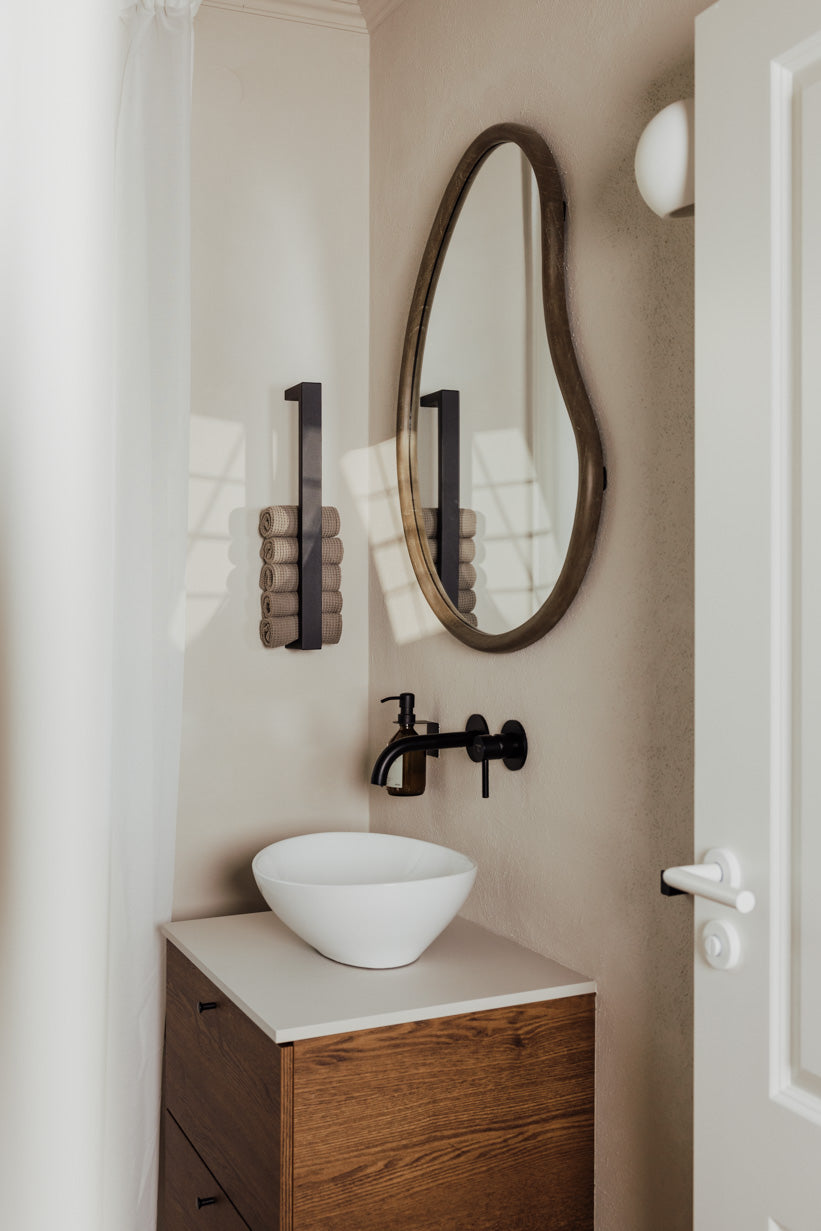
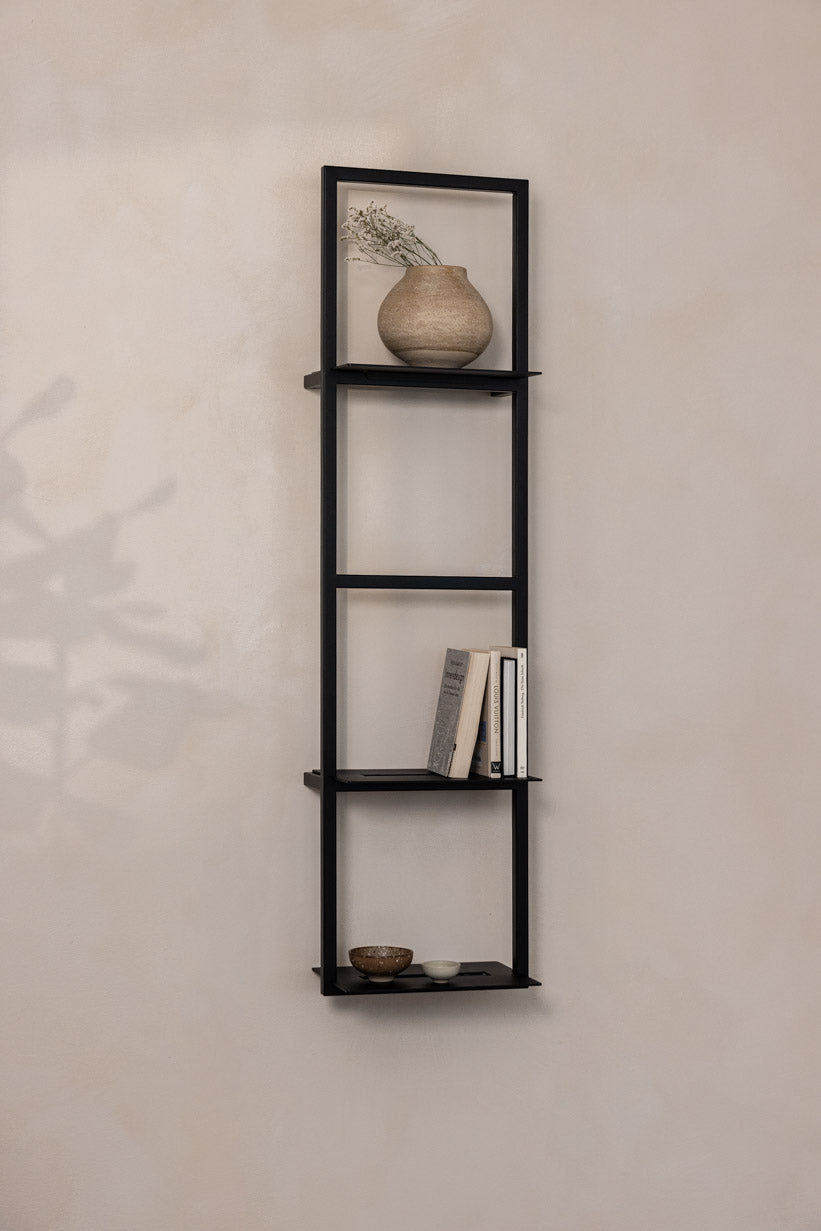
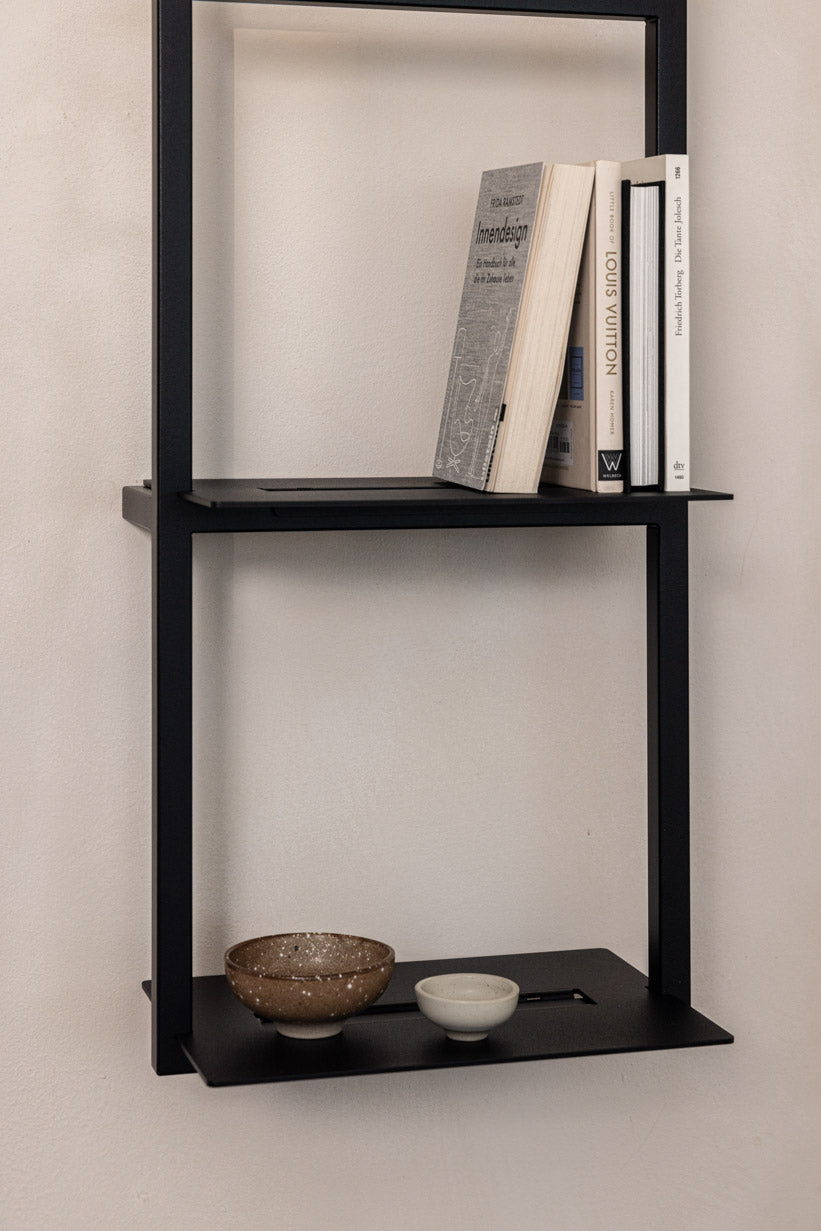
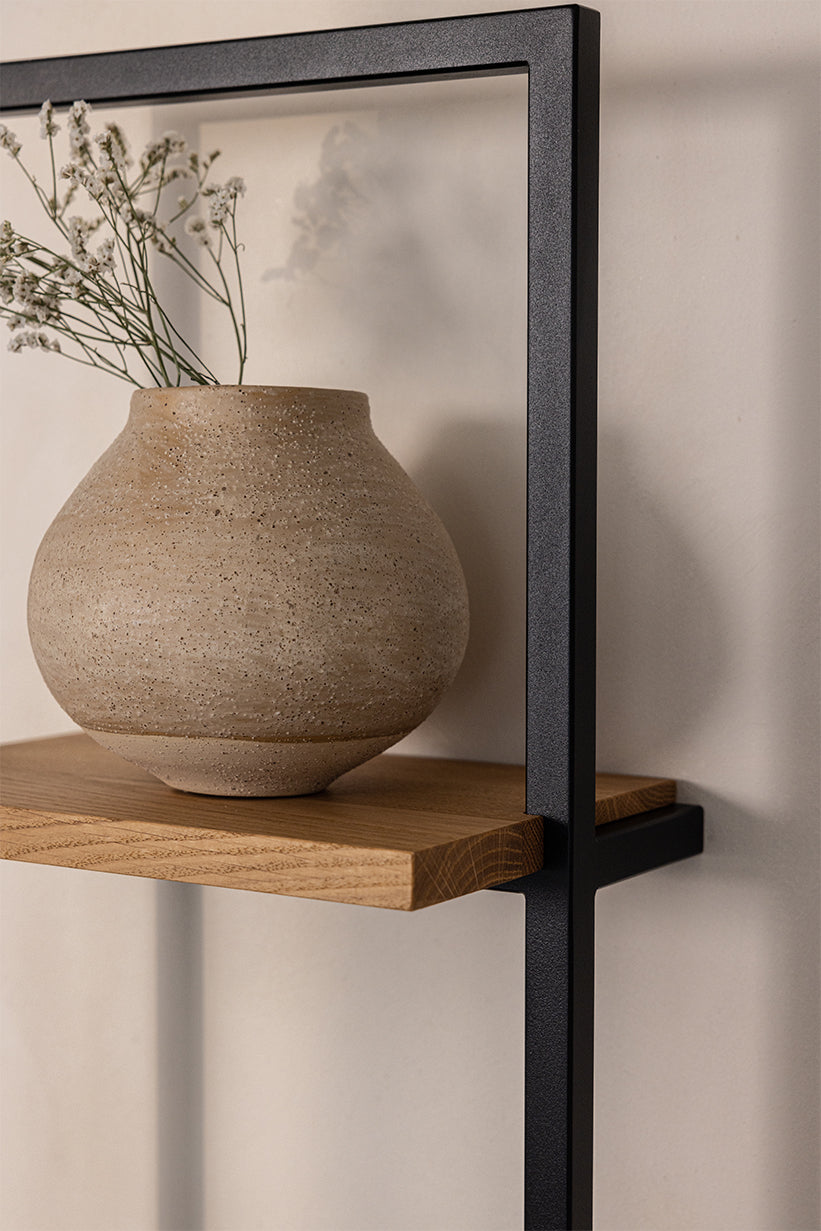
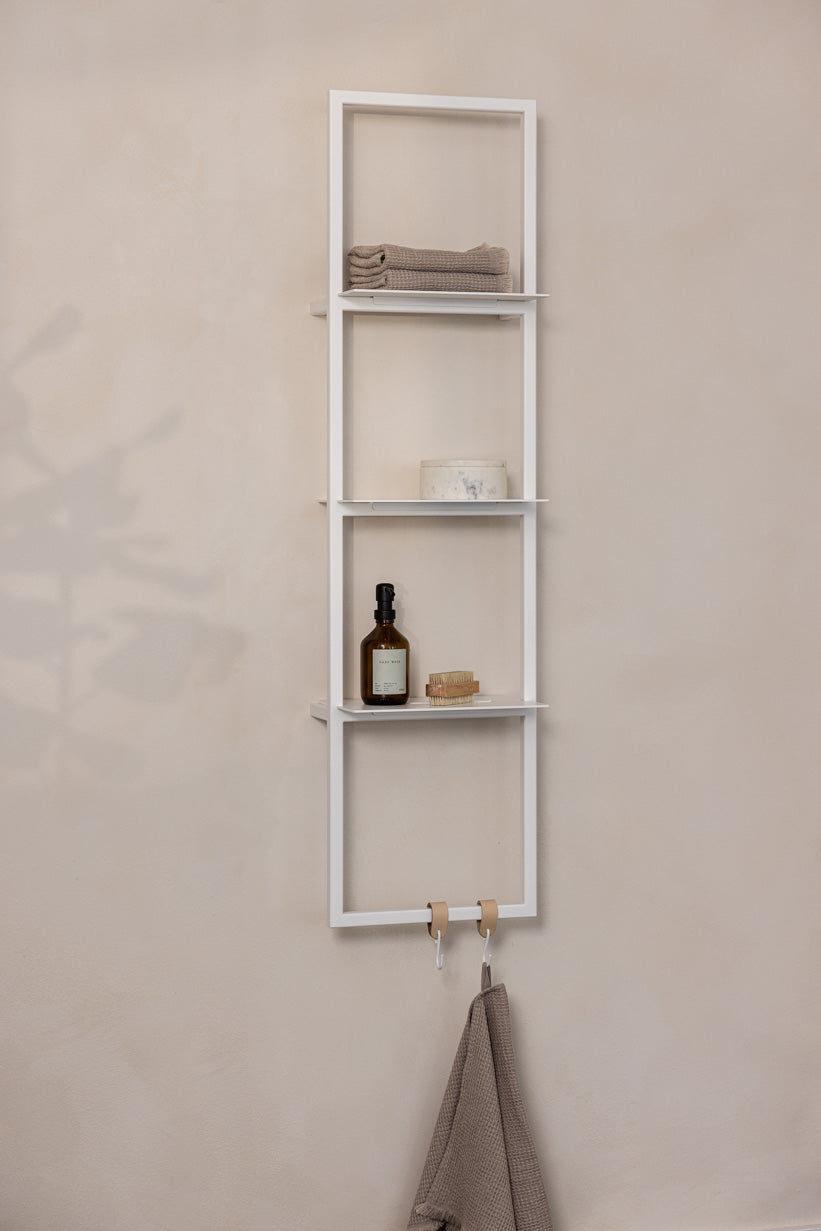
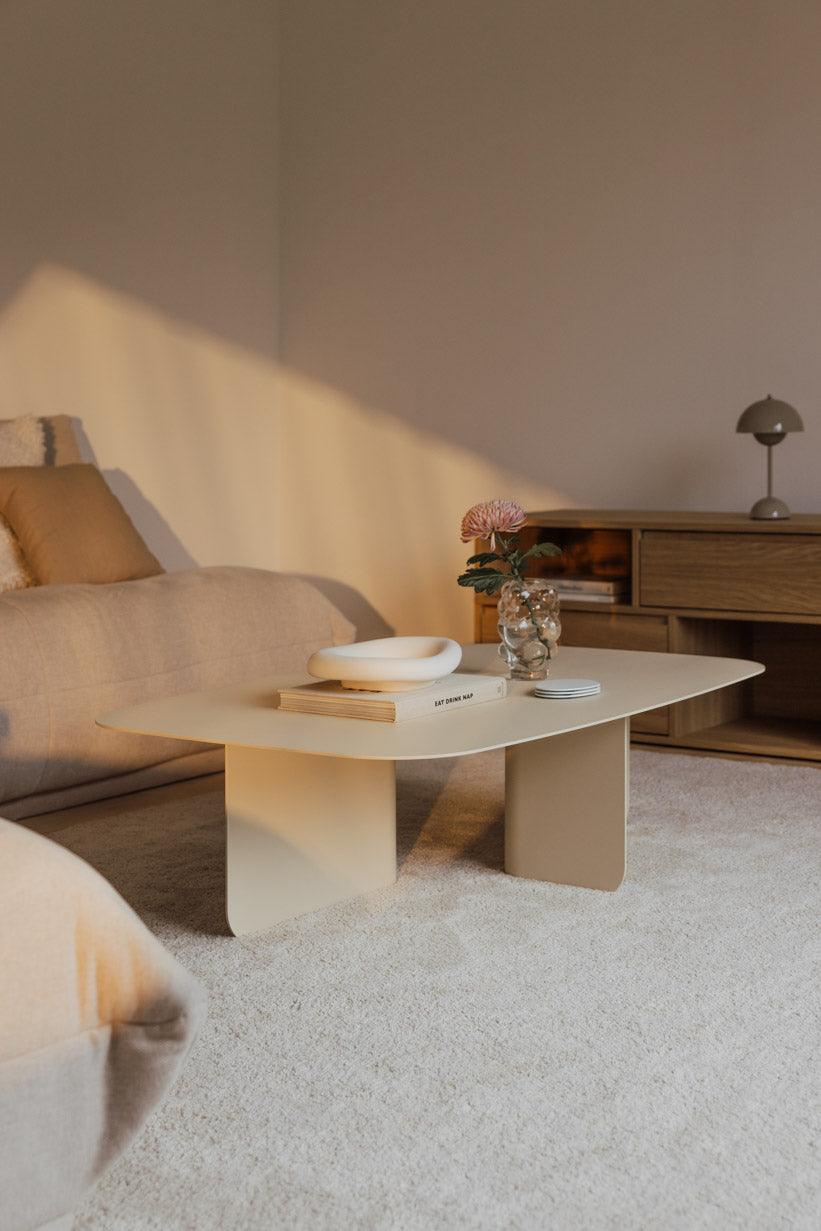


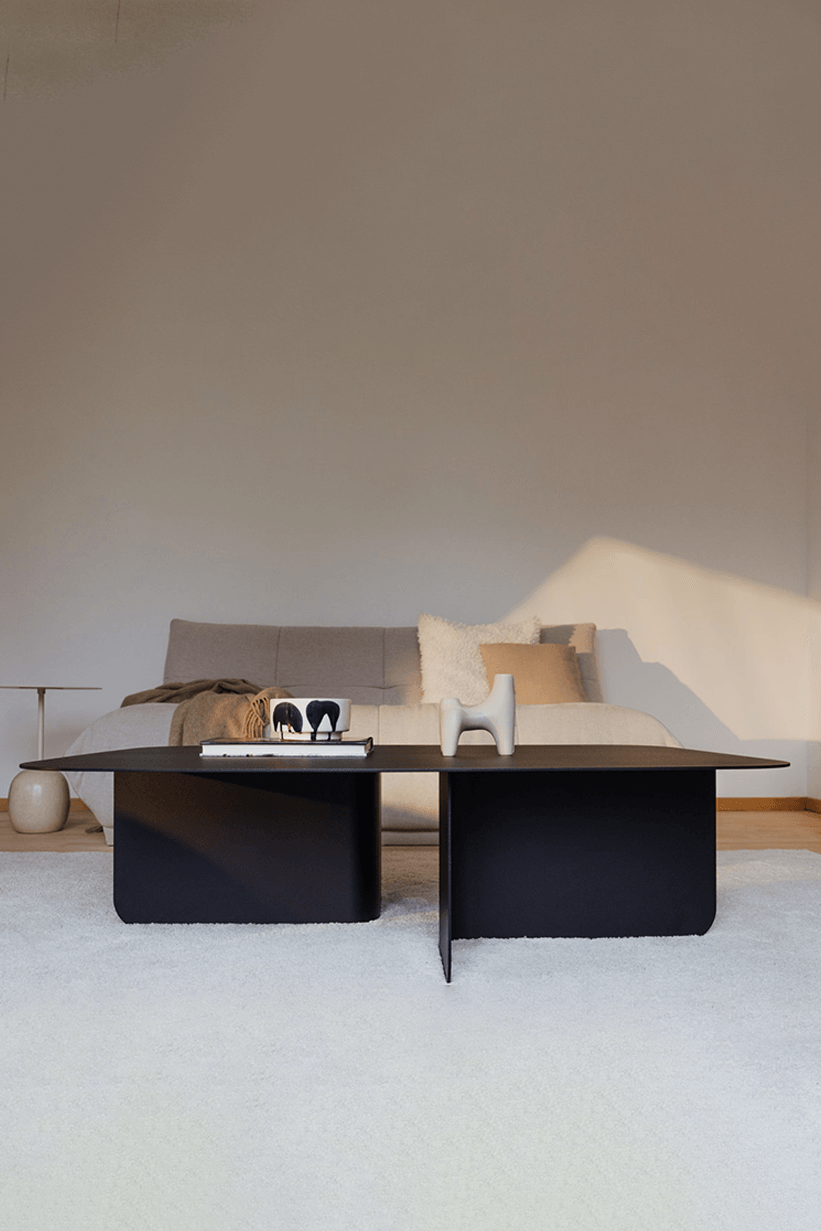
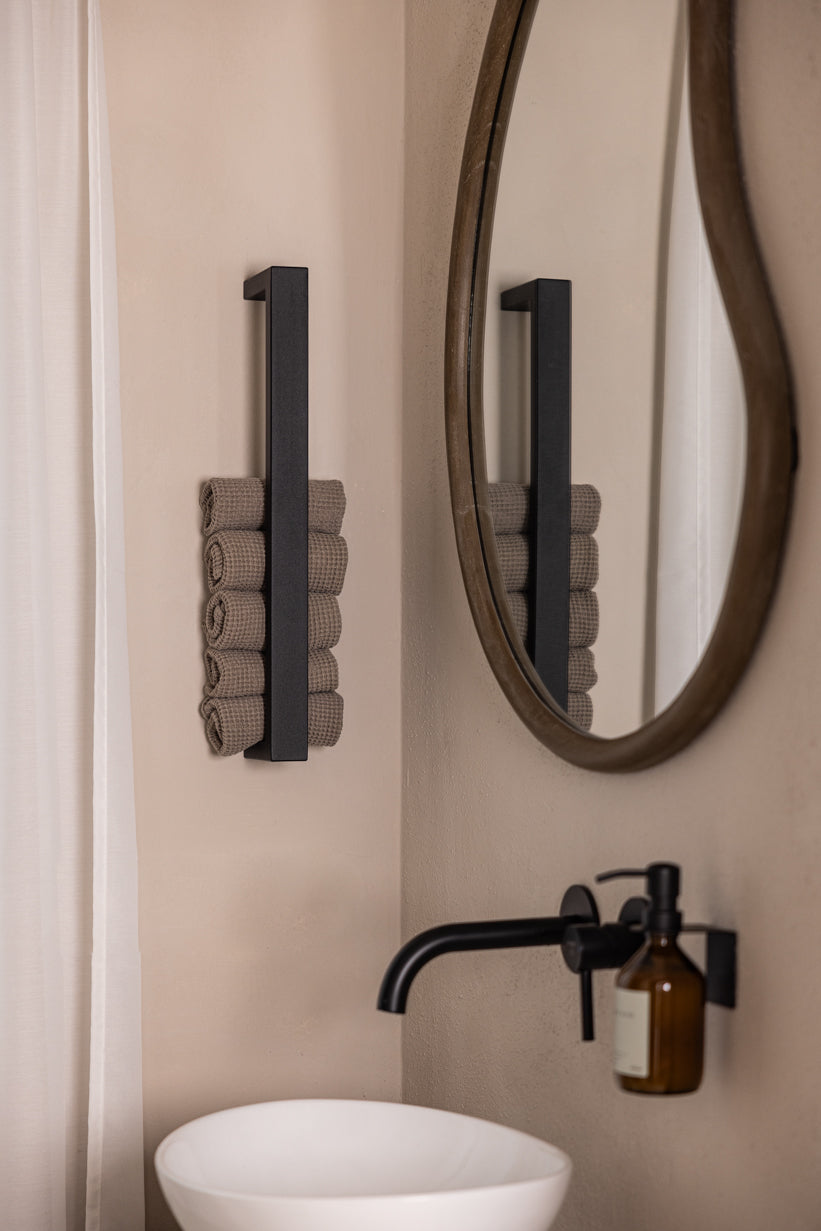
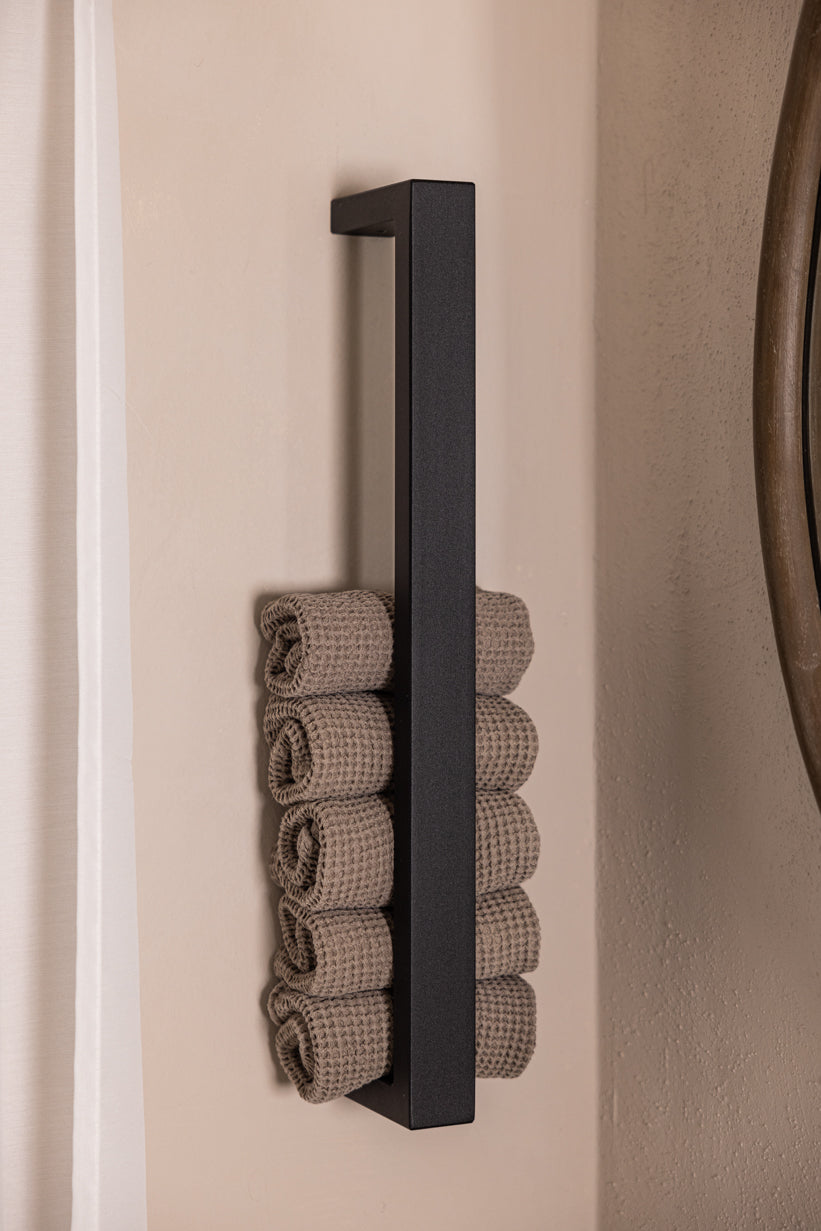
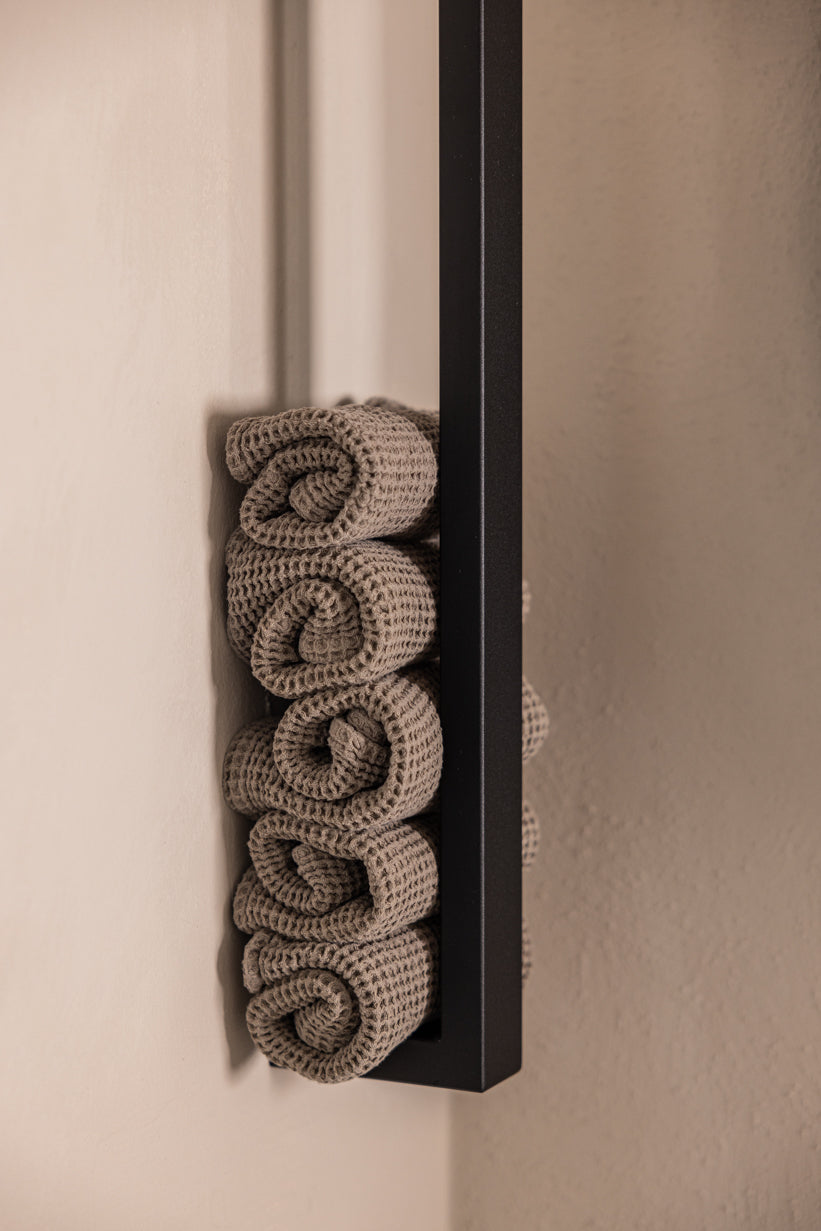
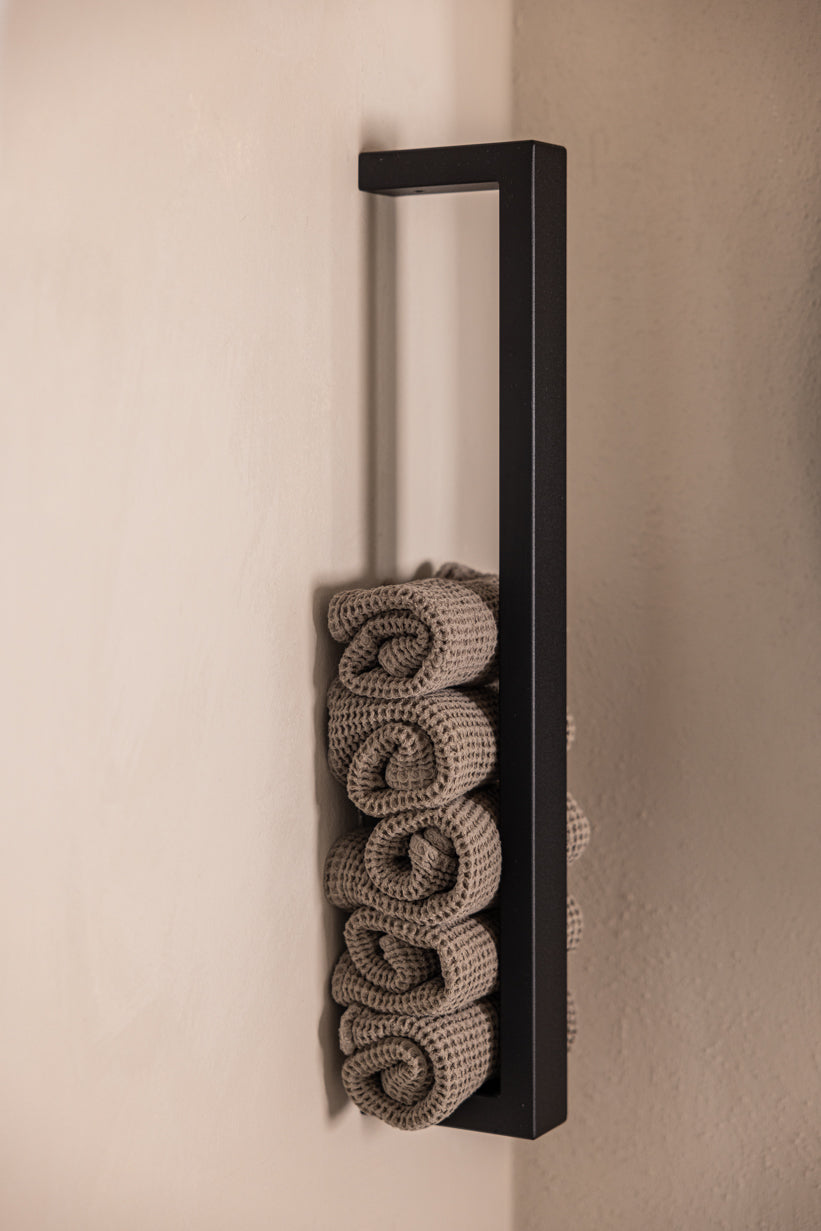
Share:
Cashew Combinations - What goes with beige furniture?
All about the details